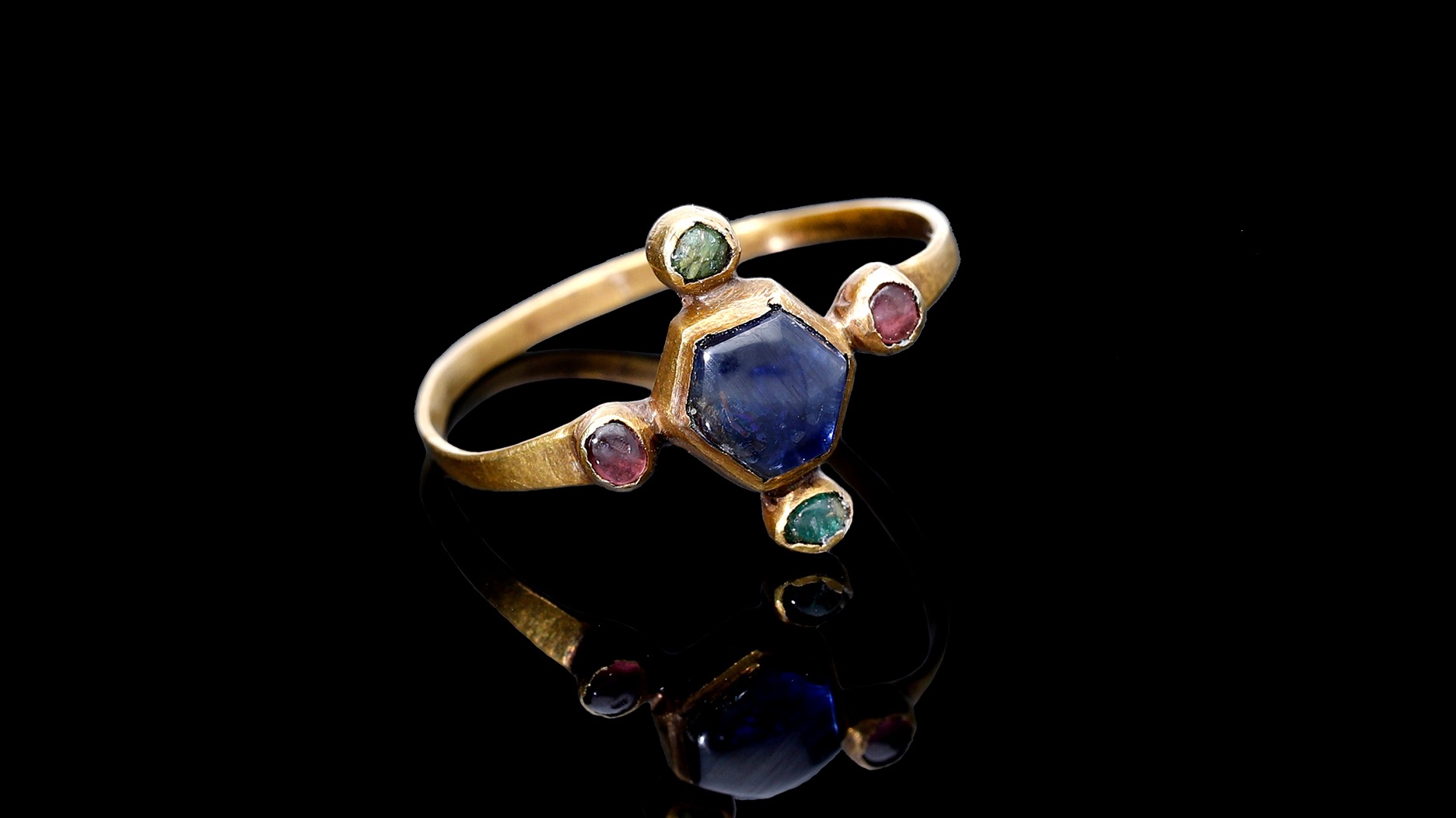The Malaysian jewelry market is expected to experience significant growth in 2025. According to data from the Department of Statistics Malaysia, the country's jewelry industry is projected to have a compound annual growth rate (CAGR) of 5.3% from 2019 to 2025. This growth is driven by several factors, including increased consumer purchasing power, the expansion of e-commerce, and the entry of international brands into the local market.
Malaysia’s middle class continues to expand, providing a large potential customer base for high-end jewelry products. As income levels rise, consumers are increasingly inclined to purchase luxury goods to showcase their social status and personal taste. Additionally, the younger generation's pursuit of fashion and individuality has fueled the demand for unique designs and customized jewelry.
The rise of e-commerce has transformed traditional shopping habits, making it easier for consumers to browse and purchase jewelry online. According to a report by the Malaysia E-Commerce Association, the number of online shoppers has surged in recent years and is expected to continue growing in 2025. This presents new sales channels and market opportunities for the jewelry industry.
At the same time, the entry of internationally renowned jewelry brands has injected new vitality into the Malaysian market. These brands attract a large consumer base with their high quality, innovative designs, and strong brand influence. For example, luxury brands such as Cartier, Tiffany & Co., and Bulgari have already established stores in Malaysia and achieved strong sales performance.
However, the Malaysian jewelry market also faces some challenges. First, global economic uncertainty may affect consumer purchasing power. Second, the market is flooded with counterfeit products, which pose a threat to the reputation and market share of legitimate businesses. Lastly, the growing awareness of environmental sustainability requires jewelry companies to focus more on responsible sourcing and ethical production practices.
To overcome these challenges and seize market opportunities, Malaysian jewelry businesses need to adopt a range of strategies. Strengthening brand building and marketing is crucial. By offering high-quality products and services and establishing a strong brand reputation, businesses can attract more loyal customers. Expanding online sales channels is also an inevitable trend. Leveraging social media platforms and e-commerce websites for promotion and sales can help reach a broader consumer base. Additionally, focusing on innovative designs and personalized customization is key to attracting younger consumers.
In conclusion, the outlook for Malaysia’s jewelry market in 2025 remains promising. With the expansion of the middle class, the growth of e-commerce, and the entry of international brands, market demand is expected to rise. However, businesses must stay alert to market dynamics and adjust their strategies accordingly to address potential risks and challenges. Continuous innovation and strengthening competitiveness will be the keys to standing out in the highly competitive market.
